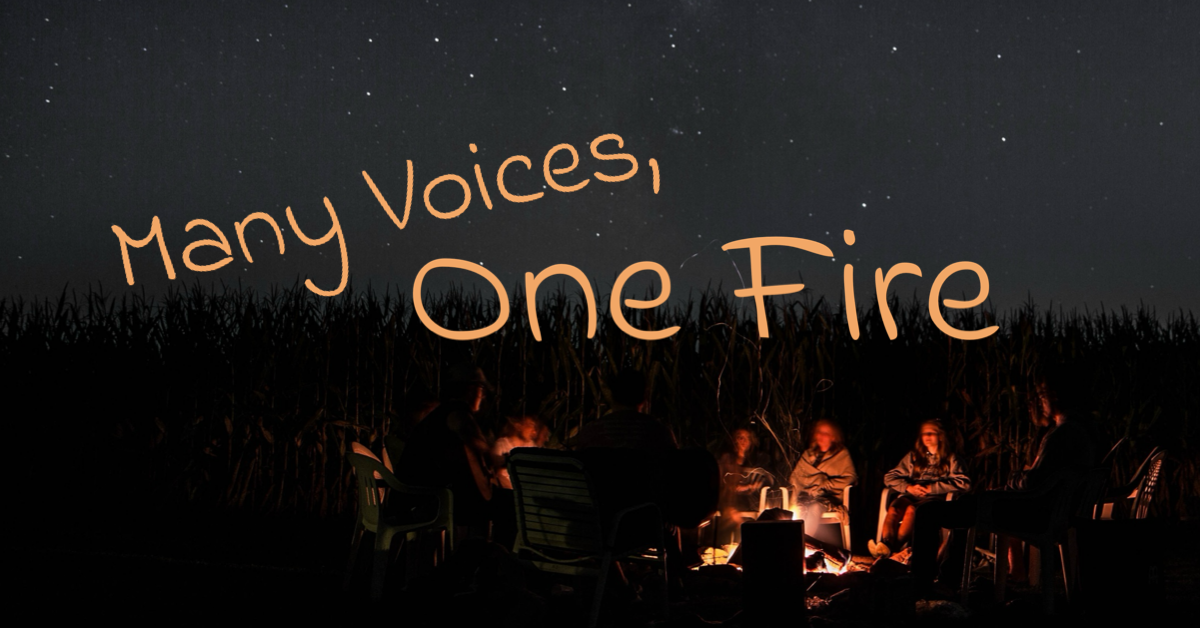
Waiting for Butterflies
By Monica Shaner
Now we enter the lull in the season. The slack sailed time between the rush of planting and the life- storm of late summer. I think that when people talk of lazy summer days, this is the time they mean. Because if there is going to be hiking in the woods, or sleeping in late, I have to do it now. Now, while I wait for the butterflies.
This year I am weary and need the rest. I made it down to the river only twice to flip over logs and count the salamanders in the vernal pools. They were there—many of them. And bullfrogs and tadpoles, too. Jason, a toad that some neighborhood teens brought to me after they rescued him from a swimming pool, is still here in the yard. These are good signs. Like the lichen on the oak, they indicate health. There were more eastern redback salamanders in my counting place than there have been in years. Some years in the recent past, I haven’t found any. This year, I found at least a dozen. It’s reassuring. Exhaustion is more satisfying when it seems to be paying off. Maybe the ecosystem can be repaired. At least this little corner of it.
The milkweed is up, and it looks strong this time. Last spring was a big year for the aphids that attack milkweed. The late freeze followed by unseasonably warm temperatures meant that the aphids were early and their predators were late. I decided not to do anything about the aphids. I didn’t spray—insecticides or water—and I didn’t hand pick. I just waited. And bit my nails. Just when I was sure that I was going to lose all the milkweed in the north patch, the ladybugs showed up all at once. That’s what they do, the ladybugs. They come in droves. A “loveliness” of ladybugs is what they are supposed to be called. And they were lovely. Within a couple of weeks, the aphids were gone.
Ladybugs overwinter as adults, and then the females need to find a source of protein for egg laying. Aphids are their preferred source. If there is enough food, ladybugs will lay as many as 200 eggs within a few days. If the weather is warm, they can grow from egg to adult in 21 days. Usually, though, here in Ohio, there are two main broods a year. A lot of non-migrating insects around here have that pattern. You see a big rise in the numbers in early summer, followed by a drop off, followed by another rise in numbers in the late summer.
This year, I saw the ladybugs before I saw a single aphid. This is good in many ways. Of course, it means that my aphid population will likely remain low this year. Exponential growth rates in the summer can be kept in check when curtailed early. Aphids overwinter as eggs, and then reproduce as fast as they can until the cold comes. If something eats up most of the eggs and first nymphs, then the population—even if doubling—can’t build up numbers enough to kill the milkweed before the frost.
All this to say that this year should be a year of fewer aphids, and by midsummer the ladybugs will have left the area to find a place with more prey for their young to devour. And that means that this will be a year of more monarchs.
Because the downside to the ladybug rescue is that they eat monarch eggs just as happily as they eat aphids. So, a rise in one population means a decline in another. We think the balance of nature is peaceful. All things in their season. Ebbs and flows. Gentle like the tide. But it isn’t. This balance is made of predator and prey. Of eating and starving. Of migration and generation. When we restore an ecosystem into balance, what we mean is that we maximize these opportunities. There is more eating and being eaten. More births and more deaths. More parasitism and cannibalism. More dramatic action at a level that usually is beneath our notice. You need a strong stomach to treat with the nature spirits. They aren’t like us.
When I first started raising butterflies, it was a numbers game. I measured my success by how many more I raised this year over past years. I wanted the line on that graph to always go up. I worked in narrow, numerical efficiencies. How many butterflies? How many nectar plants were enough? How many host plants? I would get the right numbers and grow the population to defined target populations. We’ve rebuilt populations before. It was just a matter of getting everything in place and controlling predation.
But as any good myth will tell you, you don’t control nature spirits. That kind of arrogance will lead to disaster. You can work with them, but if there is a hierarchy in these relationships, you are likely on the lower tier. So now, as June blossoms all around me, I set up my butterfly house. I tend my flower gardens. And I anticipate a good year for butterflies. But I have put aside my projections and trajectories. When the monarchs arrive, I will participate with them. We will all do our best to maximize the flow of energy through our ecosystem this summer. To gather and use the light. But I am not in charge of this ecological restoration project. I’m more like the accountant.
So here in the lull, while the plants grow, the ladybugs eat the aphids, and the monarch migration makes its way north, I rest. There will be plenty of action in the coming weeks, once the butterflies arrive.